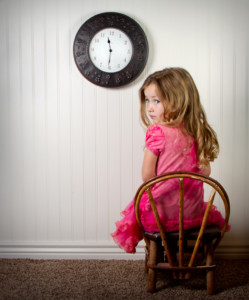
So you’re doing the whole gentle discipline thing. You have natural consequences lined up and you keep yourself calm when talking to your kids. Until you can’t. Because your child has just started playing with something they shouldn’t – possibly in a way that will hurt someone or themselves – and so you’ve warned them that if they can’t be safe, it has to go away. They continue to do it. You calmly tell them it has to go away to keep everyone safe and put your hand out. Nothing happens. Your child doesn’t give it to you at all and instead looks at you and says, “No!” Now what?
This is the time when most parents admit to not being so gentle and instead grabbing the item from their child to put away. This doesn’t feel good and they certainly don’t want to model that for their kids, but what else is a parent to do?
There are many variations on this type of situation when parents who are trying to do right by using gentle discipline methods suddenly find they aren’t working so well with a defiant child. Many who don’t use these methods then use this time to say, “I told you so”, and parents start to question the wisdom of gentle discipline, or at least question how well it will work with their child.
However, this type of discipline absolutely works with all children, and the problem isn’t in the discipline, it’s in our understanding of how to effectively use this discipline. This is a problem I come across regularly when working with families because they truly don’t want to repeat their own upbringing and they certainly don’t want to get upset with a child for doing something they themselves are doing. There are a couple key things that families need to remember about the issue of discipline and control in order to effectively use gentle discipline with children and I hope that by understanding these two elements, you can also avoid some of the more common mistakes and find gentle discipline to be the effective tool that it can be.
Key #1: You can only control yourself
This is one of the things that seems so obvious when stated clearly, but we often forget it when thinking of logical consequences. You cannot make a child do anything, especially if you’re not in the business of terrifying them into it, and this means that you can only control your own actions and behaviours with respect to your child’s behaviours. This is probably best exemplified in the very common ‘cleaning up’ battles that many families have. We often tell our kids they have to clean up if they make a mess, but then they don’t and you lose all sense of power by just letting them walk away from it and doing it yourself. Or the ‘hand it over’ battle when they refuse to do so. So we grab, modeling what we don’t want, or we give up and watch them walk away with it.
“You cannot make a child do anything, especially if you’re not in the business of terrifying them into it, and this means that you can only control your own actions and behaviours with respect to your child’s behaviours.”
Note: Sometimes people struggle with the word “power” because it implies coercive power, but the fact is that we do have power over our children and we have to be aware of it to be able to acknowledge the responsibility that comes with that power. We also have to realize that our children look up to us and so when we don’t follow through and can’t explain why we don’t, they lose some of their trust in us in other regards too. This doesn’t happen because one time we didn’t follow through, but if it becomes a pattern, there’s an issue that should be addressed.
Some parents try to then go to things like, “If I have to clean up, I’m throwing everything out” which of course is just a means of scaring your kids. Not great gentle parenting. However, you can explain consequences in terms of what it means for you. This can include how it affects your time with them, how you feel (which can help them link their behaviours to other people’s emotions), and so on. For example, if you have to clean up the mess then you may feel sad, or you may not have time to play that game with the kids after. Whatever it is, it has to centre on you and what you have control over and this will enable you to remain calm and follow through each and every time.
“Some parents try to then go to things like, “If I have to clean up, I’m throwing everything out” which of course is just a means of scaring your kids. Not great gentle parenting.”
Key #2: There doesn’t need to be a big teaching moment
Sometimes our mistake is that we feel we need to make big teaching moments out of misbehaviour and this really ends up creating a lot of angry moments with our children. Let me use an example from my own life here: My son had taken to throwing these rather heavy coasters we got from my grandmother. Now, these were heavy enough to hurt someone or to possibly break something. Had I gone for the ‘big moment’, I could have insisted he hand them over and watched him refuse or grabbed them (which we did have to do once when he was about to throw a second at his sister, but that was pure safety and you always do what you need to for safety) and showed him how his behaviour meant I was taking them away. Although I might say it was a logical consequence and done to keep people safe, the big show of it would be punishment.
“If we keep leaving them out, that’s on us as parents, but yet many would turn it against the child who is simply tempted beyond his capacity to refrain.”
We didn’t do that. We simply put them away and hopefully one day they’ll come back out when he’s old enough to understand. That’s right – he didn’t have a big moment of watching these very fun things (in his mind) go away. This wasn’t a punishing moment, but something that was about safety and so it didn’t matter if he saw it, but rather that they weren’t around to be used in an inappropriate way. In fact, I often feel that unless it’s about safety things shouldn’t be removed and if it is about safety, it’s not about punishment and so there’s no need to even tell a child you’ll take it away if they aren’t capable enough yet to actually use something safely. (If they are old enough then you can have the discussion, but you’ll have to help remind them to be safe on an ongoing basis.)
In our case, we left those out and they were used inappropriately. If we keep leaving them out, that’s on us as parents, but yet many would turn it against the child who is simply tempted beyond his capacity to refrain. If he were to ever ask for them, we’d explain why they’re away and why they will stay away for a while. He may get upset but then we can empathize and hold him during that time because his emotions are always going to be validated, not turned against him.
If you find that you need the big teaching moment, I would ask you to reflect on why that is. The times we learn the most often come when we have grasped something ourselves, not when we have had someone else try to drill that lesson into us. The thing about consequences is that they happen and as our children experience them without shame or anger, then they get the full benefit of seeing the connections between behaviours and outcomes and we get the full benefit of always being there for them to help them through these moments. Trust me, when they’re teenagers, you’re going to want that.
“If you find that you need the big teaching moment, I would ask you to reflect on why that is. The times we learn the most often come when we have grasped something ourselves, not when we have had someone else try to drill that lesson into us.”

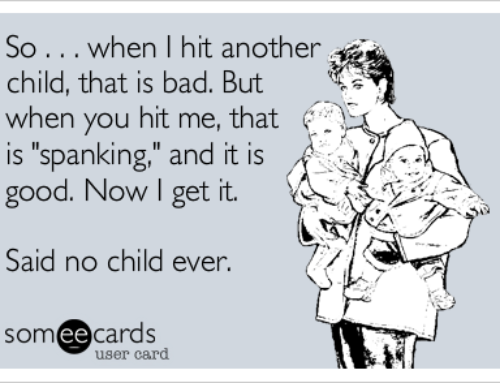
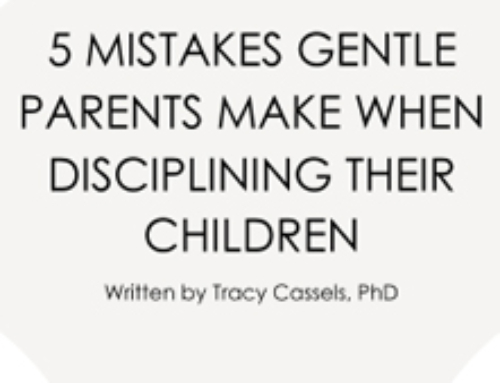
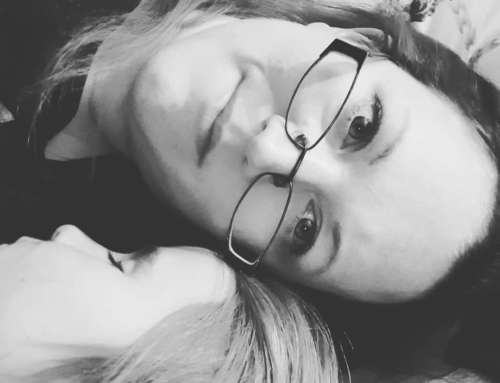
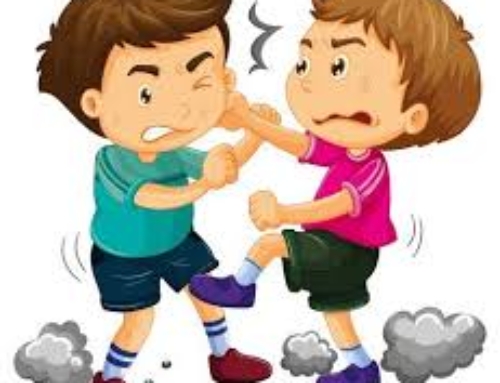

“So we grab, modeling what we don’t want, or we give up and watch them walk away with it.” …Or we do the third thing, which is…? What would we be doing? Help! Thank you!
If it’s a danger, you have to do it once then it’s your cue to check the environment and remove the things we don’t want our kids having access to. If it’s not a danger and you just don’t like it, then you may have to either try to trade or wait until they’re done and THEN go through the house to avoid. The concern isn’t doing it once, it’s doing it all the time because we haven’t done the work to remove temptation.
Make sense?